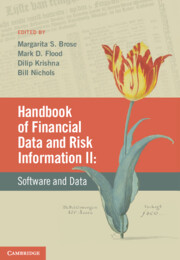Preface
Summary
On August 9, 2007, a large European bank announced unexpectedly that it could not obtain valuations on subprime securities underlying three of its investment funds. Accumulated anxiety about the quality of the collateral in repurchase agreements (repos) turned into a full-blown panic attack. Lenders withdrew from this market in large numbers, sending dealers on an urgent hunt for new funding. The world was witnessing a full-scale run on the shadow banking system. At that time, the shadow banking system was not well understood by practitioners outside its arcane confines. Yet this episode demonstrated its ability to quickly spread contagion not only across the financial system, but also to the real economy, culminating in the events of the fall of 2008, where extreme measures had to be taken by the US and European governments to stabilize the economy. All told, the failures represented trillions of dollars in assets and hundreds of billions of dollars in losses, with central banks, finance ministries, and the US Treasury piling resources into the breach.
This was all a prelude to the full catastrophe.
In September 2008, a second intense wave of failures and near-failures claimed a number of victims, mostly in the USA, and many supposedly “too big to fail.” The episode sent financial markets into a free fall that lasted for six months. The ensuing failures, interventions, conversions, and mergers have permanently and fundamentally altered the financial industry landscape.
- Type
- Chapter
- Information
- Handbook of Financial Data and Risk Information IISoftware and Data, pp. xiii - xviPublisher: Cambridge University PressPrint publication year: 2014



